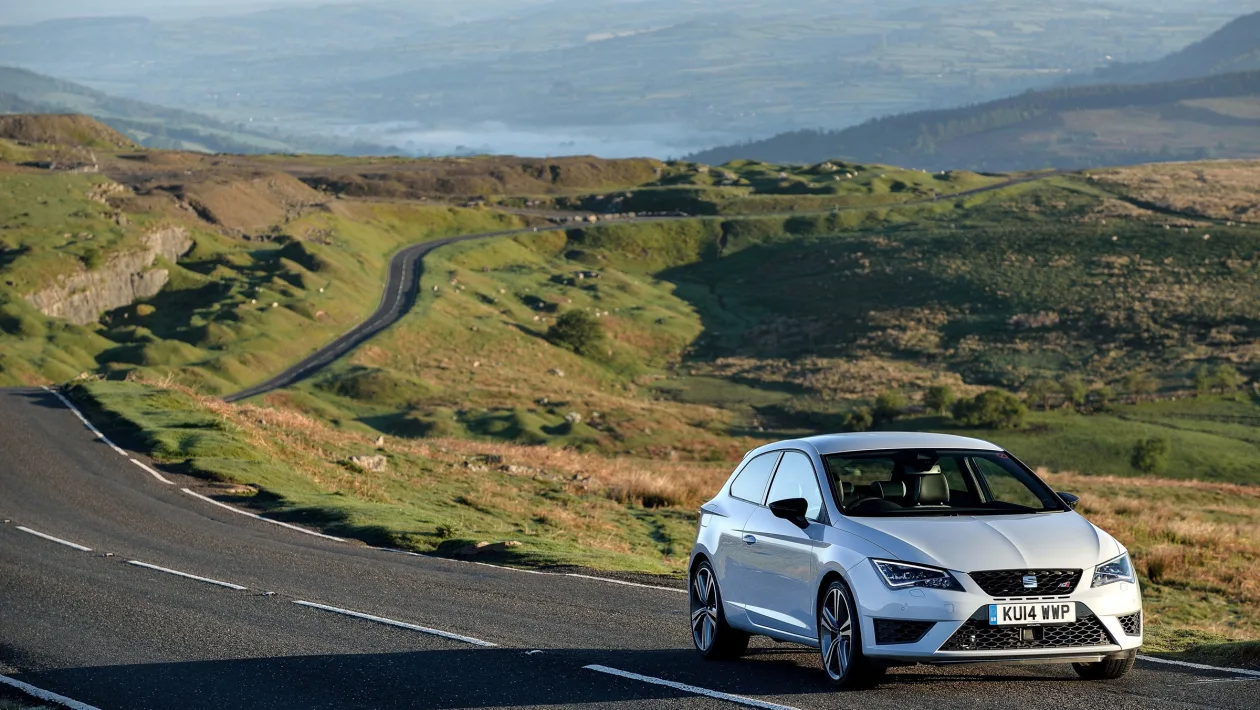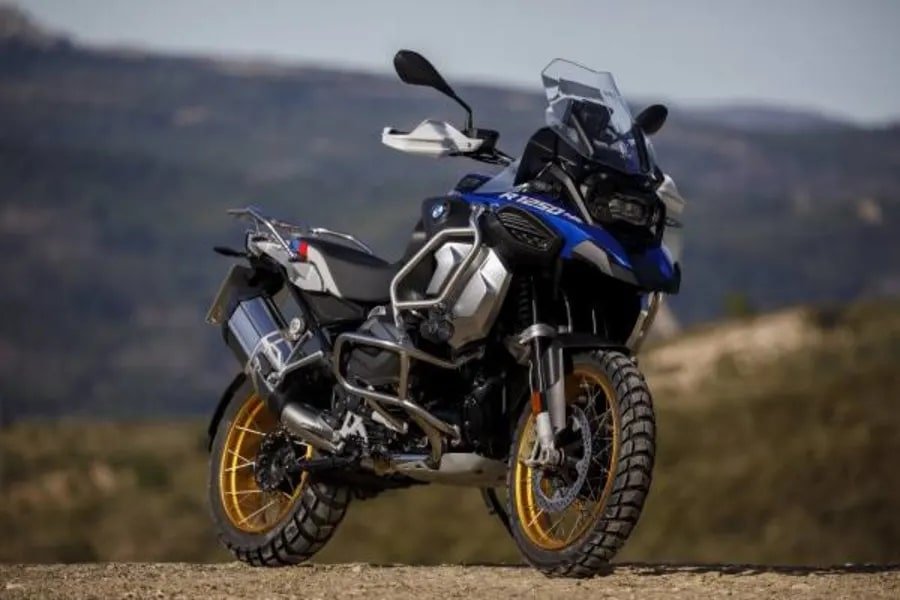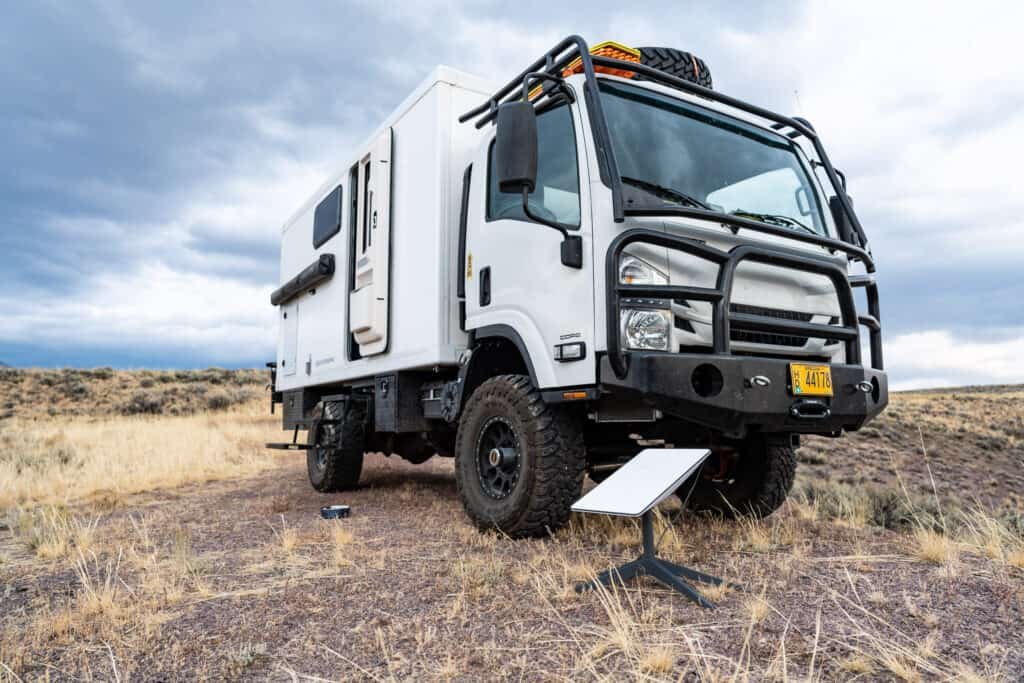Spain is a beautiful and diverse country, with stunning landscapes and vibrant cities. It’s no surprise that many travelers choose to explore it by car. However, driving in Spain can be challenging, especially for first-time visitors. In this article, we will provide some tips and guidelines to help you navigate the roads safely and confidently.
Driving in Spain – Getting Ready for the Road
Before you hit the road, there are a few things you should keep in mind:
- Documents: You must carry your driving license, passport, and rental agreement with you at all times. Make sure that your license is valid and that you meet the minimum age requirements.
- Insurance: Make sure that your rental car has the necessary insurance coverage. You can also purchase additional coverage if you wish.
- Navigation: Spain has a well-developed road network, but it’s always a good idea to have a GPS or a map with you. Familiarize yourself with the routes you plan to take and have a general idea of the distances between cities and towns.
- Rules and regulations: Familiarize yourself with the rules of the road in Spain, including speed limits, traffic signs, and driving etiquette.
Driving in Spain – Etiquette and Road Rules
Driving in Spain is similar to driving in other European countries. Here are some of the most important rules and regulations to keep in mind:
- Speed limits: The speed limit in urban areas is usually 50 km/h (31 mph), but it can vary depending on the location. On highways, the speed limit is usually 120 km/h (75 mph), and on rural roads, it’s 90 km/h (56 mph). Always pay attention to the posted speed limits and adjust your speed accordingly.
- Roundabouts: Roundabouts are very common in Spain. When approaching a roundabout, yield to the traffic already inside and use your turn signals to indicate your exit.
- Priority: In Spain, priority is given to vehicles coming from the right, unless otherwise indicated by a sign.
- Traffic lights: Traffic lights in Spain follow the standard red, yellow, and green sequence. You can turn right at a red light, but only if there is no sign prohibiting it.
- Seat belts: It’s mandatory to wear seat belts in Spain, both in the front and back seats.
- Mobile phones: It’s illegal to use a mobile phone while driving in Spain unless you have a hands-free system.
- Drinking and driving: The legal blood alcohol limit in Spain is 0.5 g/l. However, it’s always best to avoid drinking and driving altogether.
Parking in Spain
Parking in Spain can be a challenge, especially in big cities. Here are some tips to help you find a parking spot:
- Parking garages: Most cities have parking garages where you can park your car for a fee. These are usually located in the city center or near major tourist attractions.
- On-street parking: In some cities, you can park on the street, but you need to pay for a ticket from a nearby parking meter. Make sure to check the rules and regulations for parking in the area.
- Blue zones: Some cities have designated “blue zones” where parking is allowed for a limited time. You need to display a parking disc, which you can purchase from local shops or tourist offices.
- Restricted areas: Some areas in cities are restricted to residents only. Make sure to read the signs carefully before parking.
Conclusion
Driving in Spain can be a great way to explore the country’s diverse landscapes and vibrant cities. However, it’s important to be prepared and familiarize yourself with the rules and regulations of the road. Always carry the necessary documents, insurance, and navigation tools, and pay attention to speed limits, traffic signs, and driving etiquette. When parking, make sure to follow the local rules and regulations and be aware of restricted areas. Overall, with a bit of preparation and caution, driving in Spain can be a safe and enjoyable experience that allows you to see the country at your own pace.









